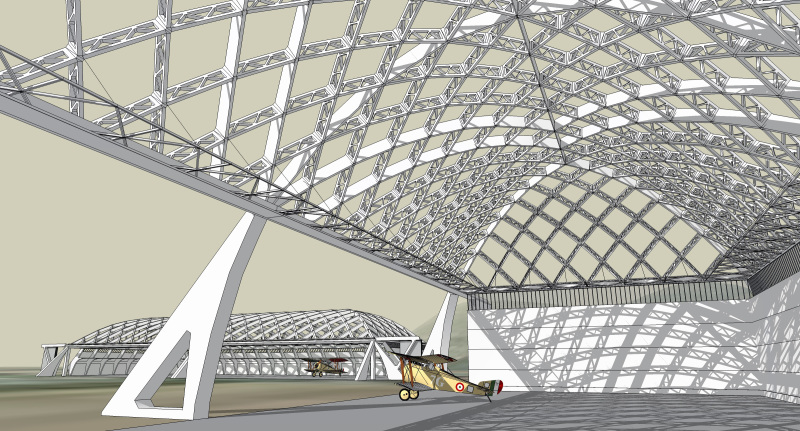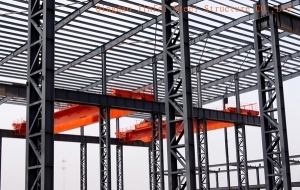Hi there,
I'm designing the wall of a stadium and, due to the design of the roof, I need to implement free standing columns that are 26m tall. The columns can be restrained in one direction (let's say x), but not the other , since the space in the 'y' direction must be free. The columns will form the structural support for the cladding formation of an outer wall for the stadium.
, since the space in the 'y' direction must be free. The columns will form the structural support for the cladding formation of an outer wall for the stadium.
Does anybody have any tips for how I could go about designing this, or know of any case studies I can refer to for the implementation of columns at such a length?
Many thanks.
I'm designing the wall of a stadium and, due to the design of the roof, I need to implement free standing columns that are 26m tall. The columns can be restrained in one direction (let's say x), but not the other
Does anybody have any tips for how I could go about designing this, or know of any case studies I can refer to for the implementation of columns at such a length?
Many thanks.


